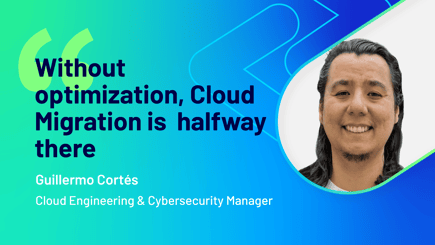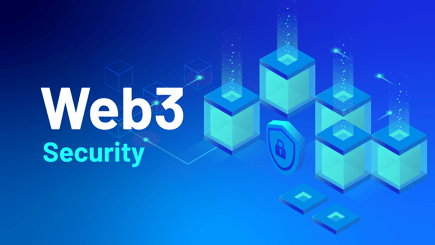
Protect and Optimize the Infrastructure of your Business Network with SASE
SASE, also known as the edge of the Secure Access Service Edge, is a useful business resource that simplifies the traditional network and unifies network and security services into a global connection.
It’s an alternative that helps boost digital transformation within companies. The network and security services it incorporates are customizable and systematically integrated into the structure of a general platform hosted on the cloud. Organizations have found SASE to be a central ally, projecting an adoption of 20% by 2023.
The features of this safe access service redefines the network and architecture of business security, strengthening and remodeling the competitive landscape of the IT sector at the corporate level. Implementing SASE involves major benefits:
- It transfers the network perimeter from centralized data centers to the user.
- It consolidates network and security services, rendering them on a unified platform.
- It removes security leakes among IT services.
- It offers visibility to the network activity that tech teams need.
- It simplifies migration to the cloud.
How Does SASE Ensure Network Security?
Currently, companies can’t rely on ineffective hardware or constantly have to partially correct network security. With SASE, you’ll have a simplified approach and replace the backhaul or surrounding network with Edge internet, which enables:
- Routing, inspecting and ensuring traffic in a single step, along with Zero Trust access policies and protection against network level threats.
- Eliminates the need for legacy VPN, hardware firewalls and DDoS devices.
- More control over the security settings of the business network.
SASE reduces the risk of threats and ostensibly reinforces the security of the networks that guarantee the operability of companies and the connectivity of internal collaborators for daily tasks.
This content will be of interest to you:
Cloudflare: Long-term Connectivity for Remote Workers
Cybersecurity: Why is it and why protect your business?
Five Reasons for Strengthening Cybersecurity with an SOC Platform
What Is the Corporate Scope of SASE?
Given that it is a cloud-based security model, SASE combines wide-range networks defined by software with security services on a network within the cloud perimeter, its scope can be defined across five capacities:
Creation and Administration of Networks
A software-defined wide area network (SDWAN) lets you establish private networks without the need for hardware or multi-protocol tag circuits, thus facilitating and making more flexible the creation and maintenance of the network infrastructure.
Traffic Filtering
The safe web gate (SWG) enables the prevention of cybernetic threats and data violations by filtering non-desirable content on web traffic, blocking non-authorized behavior and enforcing security policies.
Data Protection
A cloud access security security broker (CASB) conducts several security functions for cloud-hosted services. CASBs protect confidential information through access control and data loss prevention.
Guaranteed Connection of Users to Applications
Zero trust network access (ZTNA) requires the real time verification of the user on each application to protect internal resources and defend from possible data leaks. By default, no entity is trusted until their identity is authenticated, even if they are within the private network perimeter.
Protection of Applications and Infrastructure
Cloud based firewalls (FWaaS) protect infrastructure and applications from cyber attacks through security functions that include URL filtering, breakin prevention and uniform policy administration.
What Are the Benefits of a SASE Model?
- It eliminates the need to incorporate cloud-based services, configure devices on installations and invest time, money and internal resources facing high-risk threats.
- It enables the establishment, monitoring, adjustment and enforcement of access policies across all locations, users, devices and applications. Incoming attacks and threats can be identified and mitigated from a single gateway.
- It identifies user access based on a combination of factors: location, time, corporate security standards, compliance policies and continuous evaluation of risk/trust.
- It reduces latency and improves performance by rerouting traffic through an expansive perimetral network, where each visit is processed as close to the user as possible.
Guide to Implementing SASE in your Business
| Step 1 | Implement a ZTNA solution that will let you eliminate your VPN, protect your corporate data and resources from internal or external threats and improve the user experience. |
| Step 2 |
Apply zero trust architecture to all locations, which will eliminate the need for security devices on the website (hardware firewalls, DDoS protection, etc). |
| Step 3 |
Rid yourself of hardware DDoS and defend corporate networks from attacks with DDoS protection that can detect and mitigate threats in real time. |
| Step 4 |
Move applications from local data centers to the cloud and ensure you apply coherent security policies to all traffic. |
| Step 5 |
Reduce the cost and complexity of maintaining hardware network devices, transferring policy application to the perimeter in order to monitor and administer all traffic, attack patterns and security policies from a single dashboard. |








